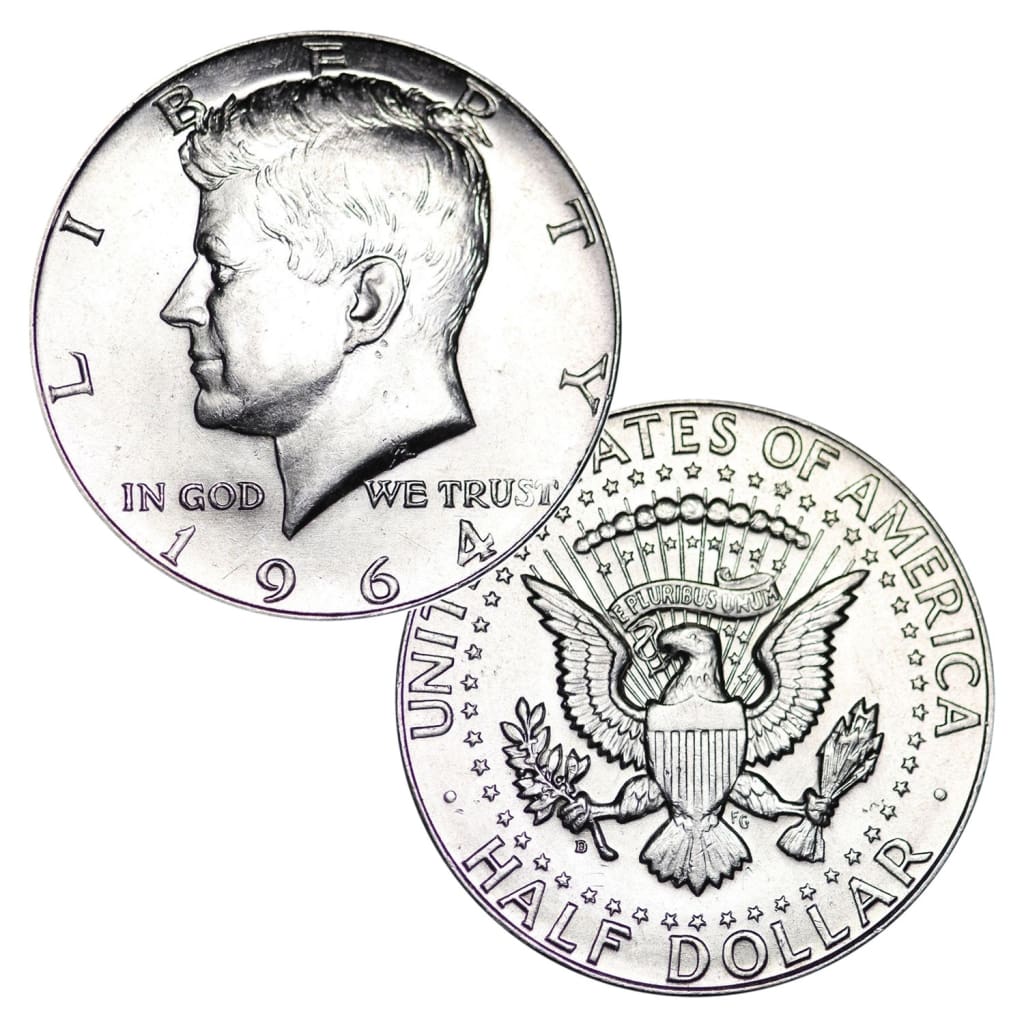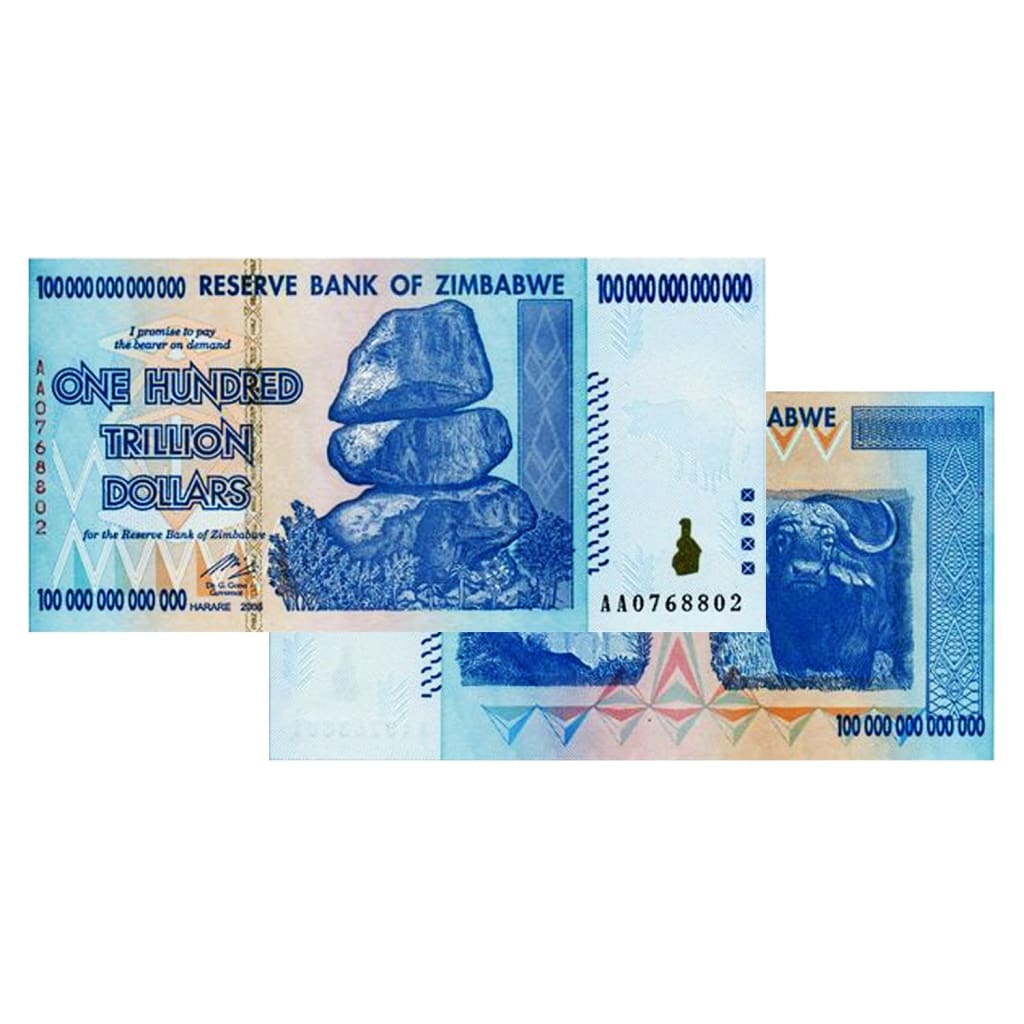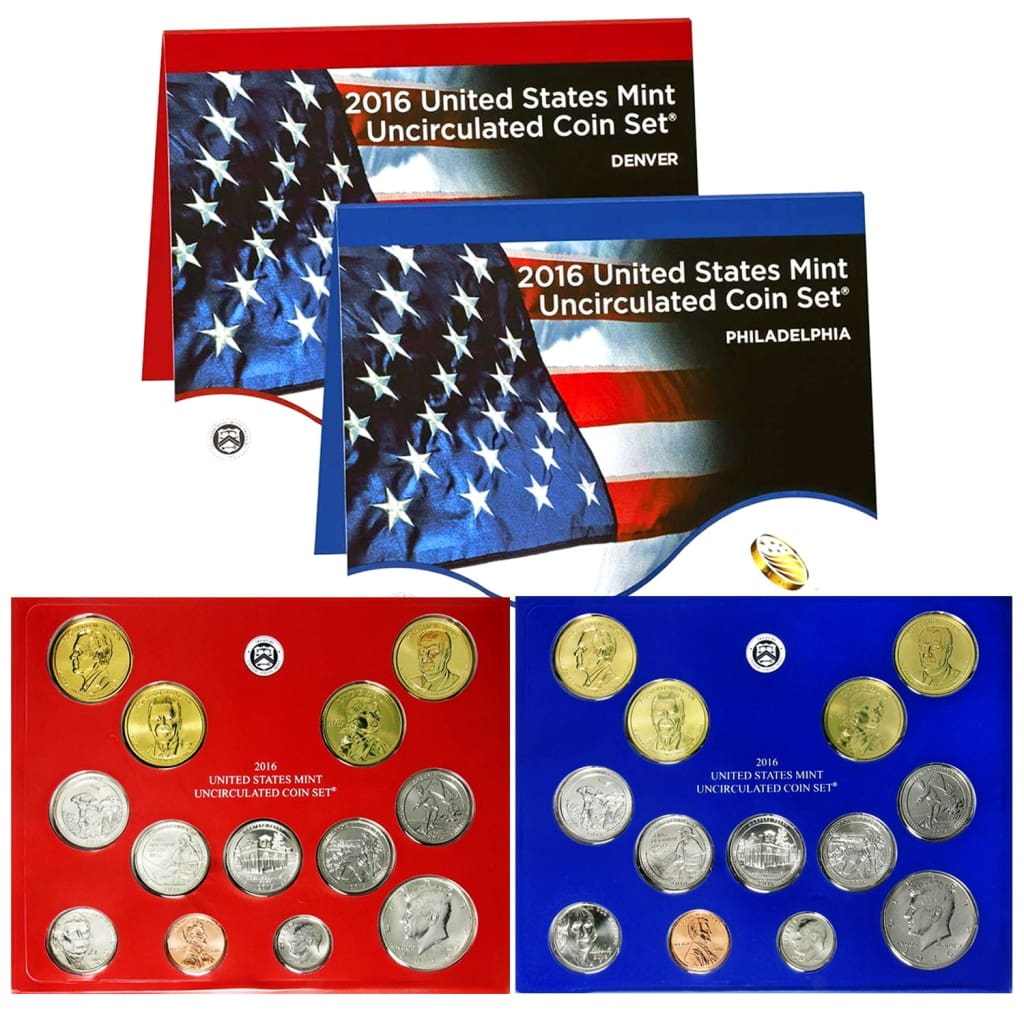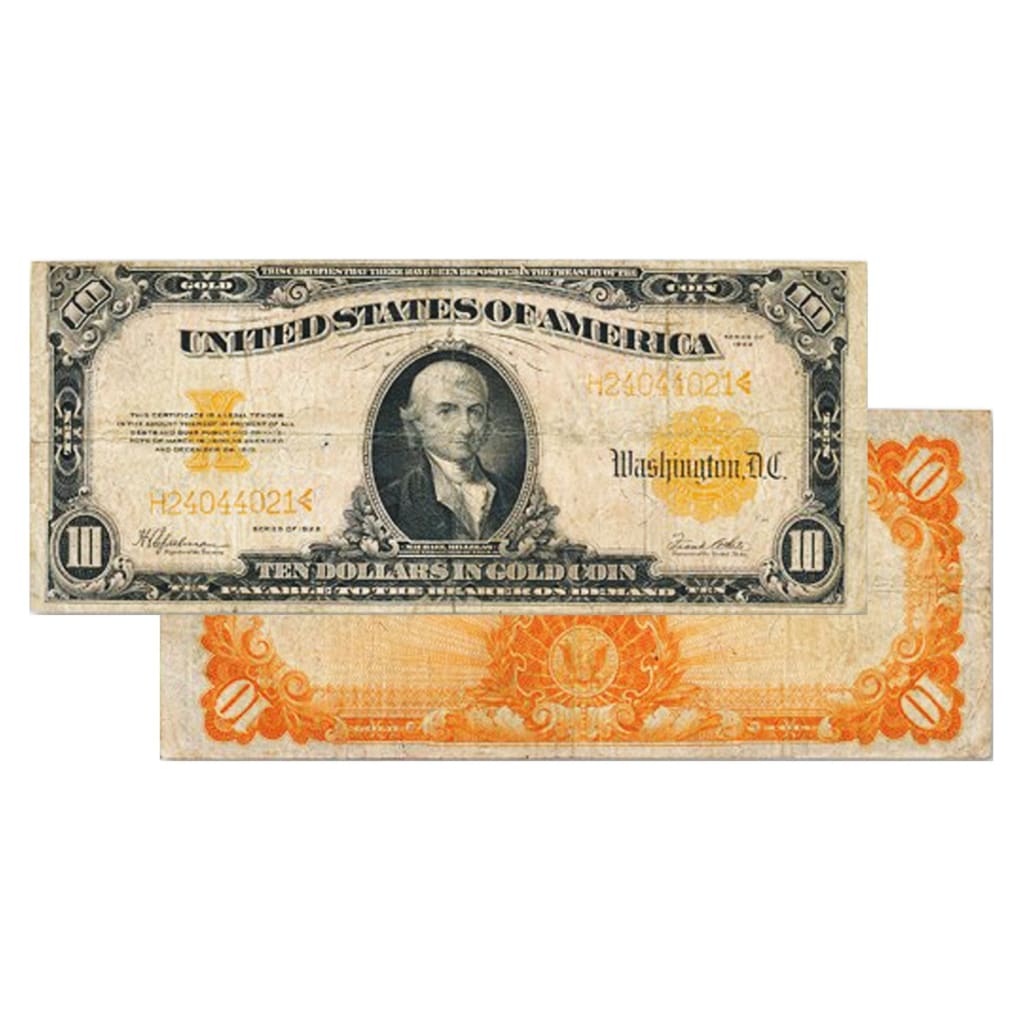While the coins of the US have a very rich history. There are few coins that hold the fame (or infamy depending on how you look at it) like the Indian head coins. Used throughout the 19th and 20th century, on different denominations, these coins are some of the rarest and most valuable to numismatists. Often fetching high prices at auctions these coins are some of the prize jewels in collections. So here is part one of our buyer’s guide to Indian Head coins.
1859-1909 Indian Head Penny
Our first Indian coin comes from the mid 19th century. The Indian Head penny was actually a replacement for the Flying Eagle design, which had numerous problems and was advised to be replaced. The legend behind the Indian’s design was that the artist James B. Longacre modeled the Indian head design after his youngest daughter, Sarah. However, researchers have proven this nothing more than an urban legend, saying that this was actually based off of the “Crouching Venus” statue that was on display at the Philadelphia museum at the time. Whatever Longacre’s inspiration was, the coin won immediate and continued acclaim from the American public. Cornelius Vermeule wrote in his book Numismatic Art in America, “[the coin was] perhaps the most beloved and typically American of any piece great or small in the American series.” Another interesting fact is that this coin was minted in two separate materials. Before the breakout of the Civil War, the coin was made of a copper-nickel alloy, but due to coin hoarding during the war, the coin’s composition was changed to brass and was made thinner as well. This coin continued use until it was replaced by the Lincoln Head Penny in 1909.
1854-56/56-89 Indian Head Dollar
Don’t let the dates confuse you, this is about the same coin, there were just two different strikings of the same coin. This coin came about due to the California gold rush in the late 1840′s that caused an influx of gold in the Union as $600 million in gold was found in the California hills. The first of the Indian Head dollar coins appeared in 1854 after the public complained that the first dollar coin minted was too small and easy to lose. This changed when James Snowden became the new director of the mint. Snowden agreed that the coin should be larger but thinner as well, to which he assigned the chief engraver, James Longacre (who would also design the indian head penny described above), to make this modification as well as come up with a new design. The new design ended being a female figure in a headdress and was frequently described as an “Indian princess.” The coin was larger than the earlier dollar coin and was easier to keep track of, but, the relief on the obverse was too high and cause an immense number of the coins to not be fully struck. Because of the striking difficulties, Longacre went back to the drawing board to come up with a solution. The Type 2 lasted until 1856 when it was replaced with the Type 3, which ran from 1856-1889. During its brief run, only 1.6 million of the Type 2 dollar were struck. Numismatic scholars estimate that less than 1% of the Type 2 Dollar mintage still exist, due to the fact that because of the high relief the coins that were in circulation wore down quickly and became illegible after a few years.
Gary Dyner is the owner of Great American Coin Company. Connect with him on Google+.





